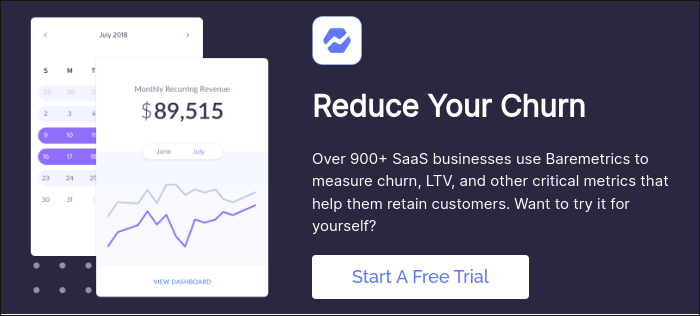Table of Contents
More Glossary Articles
Lead Velocity Rate is a measure of growth in qualified leads for one month versus a previous reference month. When measured from month-to-month, LVR can be a powerful predictor of the business trajectory, in terms of revenues and growth.
Lead Velocity Rate is a popular growth metric among SaaS companies and is typically used to measure the growth of qualified leads for the current month versus the past month (though it is also useful to reference versus the same period last year or 6 months previously to determine trajectory).
Comparisons with other revenue measures
Other common revenue measures, such as Actual Sales Revenue (ASR) or Monthly Recurring Revenue (MRR), all tend to be lagging indicators and are unreliable indicators of growth if taken by itself.
Revenue measures such as these are in actuality a measure of leads from the past that have been qualified, converted and closed over a period of time, which in some cases can take as much as 12 months to reflect as actual revenues. As such, these revenue measures also tend to fluctuate depending on factors unrelated to the performance of the sales team or sales organization.
Lead Velocity Rate, on the other hand, is a current, real-time measure of actual sales performance, especially when it is measured based on qualified leads. In general, if Lead Velocity Rate is used as one of the primary KPIs of your sales organization and is consistently met on a monthly basis, it is a strong indicator of your sales efficiency and the future business growth.
How to calculate Lead Velocity Rate
Calculating Lead Velocity Rate is as straightforward as calculating percent growth:Lead Velocity Rate = (No. of Qualified Leads This Month – No. of Qualified Leads Last Month) / No. of Qualified Leads Last Month x 100
So if you have 11 qualified leads this month and 10 qualified leads in the previous month, your current Lead Velocity Rate is at 10%.
(11 Qualified Leads This Month – 10 Qualified Leads Last Month) / 10 Qualified Leads Last Month x 100 = 10%
Caveats for Lead Velocity Rate
While Lead Velocity Rate is a measure that strongly predicts performance and growth, this by itself may not account for total sales performance.
Lead Velocity Rate is also typically measured alongside other revenue metrics to provide context to the sales team’s performance. For example, in a case where LVR is tracking well, but MRR is lagging then you have an indicator that either your sales conversion quality has changed or your product quality has.
For Lead Velocity Rate to accurately indicate performance, it also needs to be coupled with a consistent sales conversion rate or velocity through the sales funnel.
Lead Velocity Rate requires the use of qualified leads *and *not** total leads in its computation, to assure consistent conversion is taken into account in the metric. Lead Velocity Rate is also presented along specific conversion rates down the funnel, such as Marketing Qualified Lead to Sales Qualified Lead (MQL to SQL) Conversion Rate and Sales Qualified Lead (SQL) to Win Conversion Rate, to identify potential pitfalls in sales performance.


